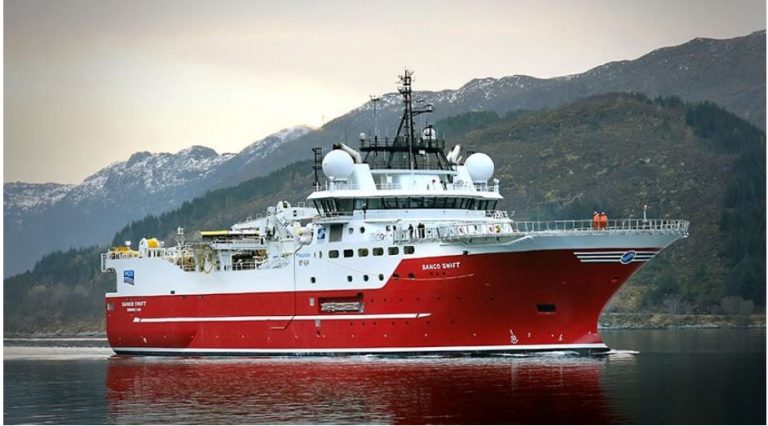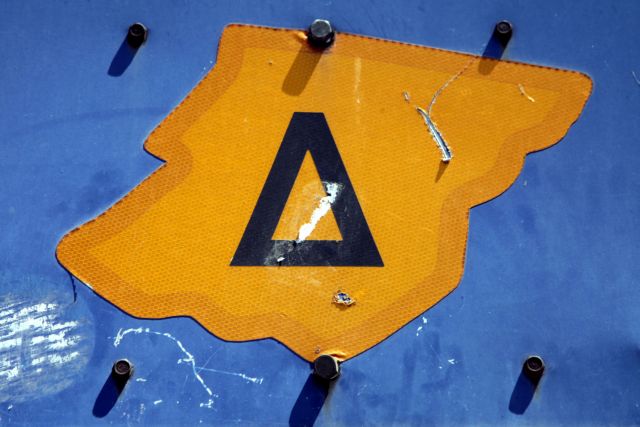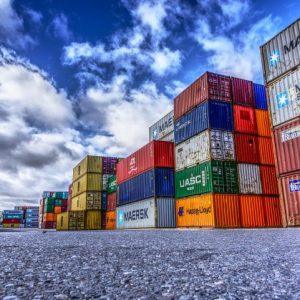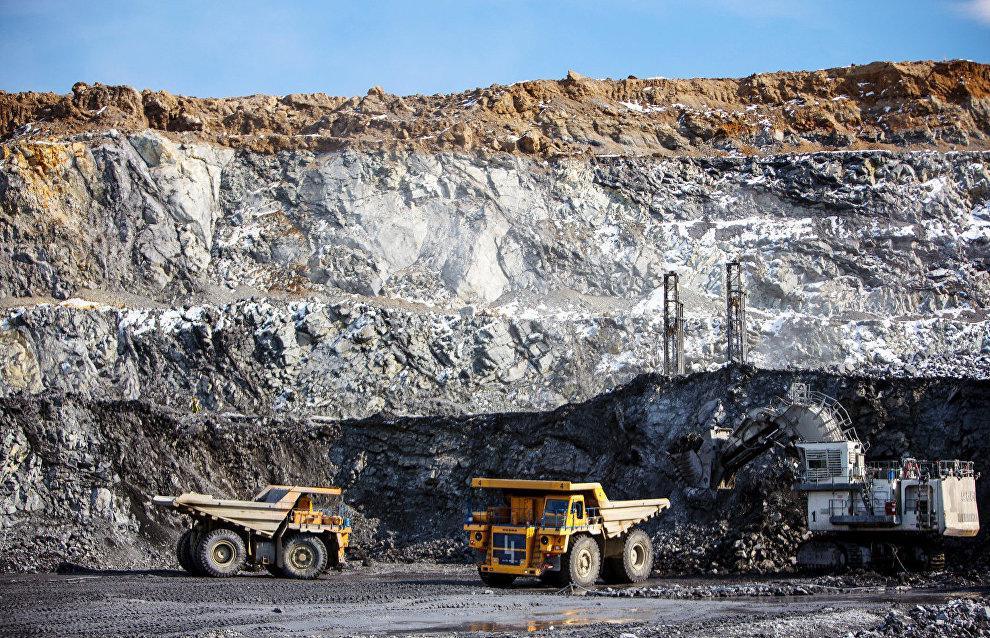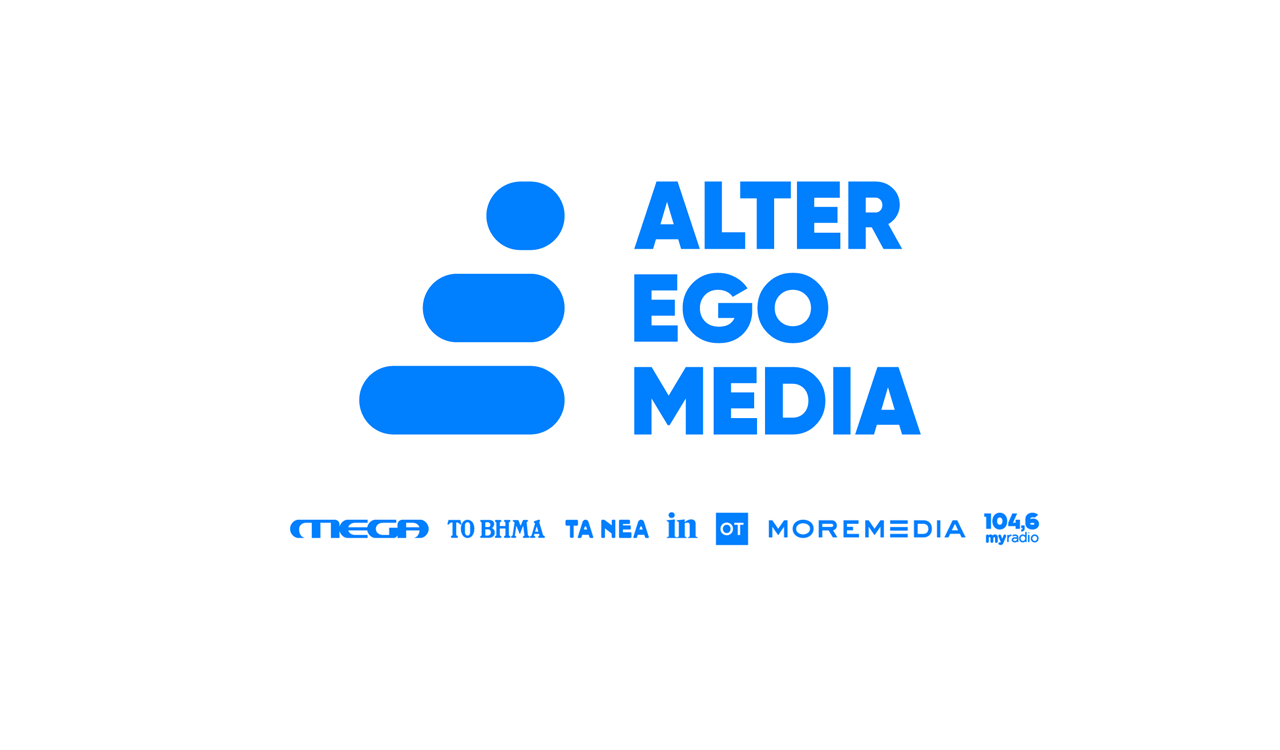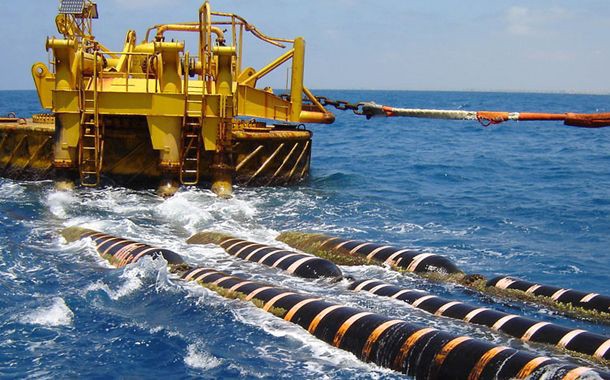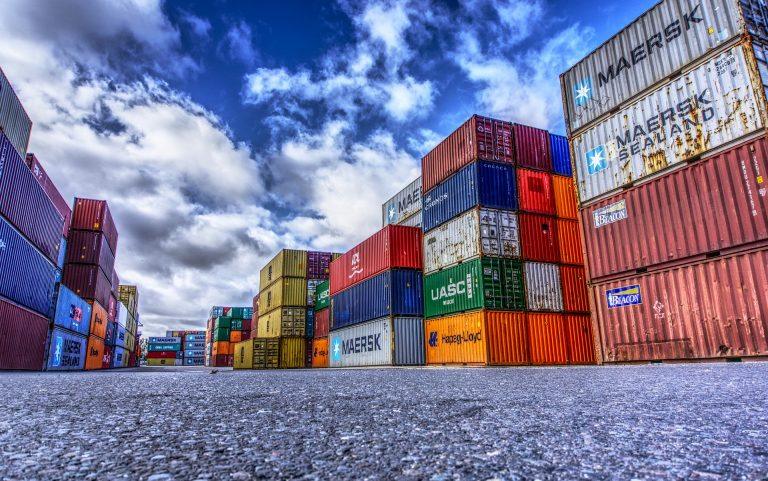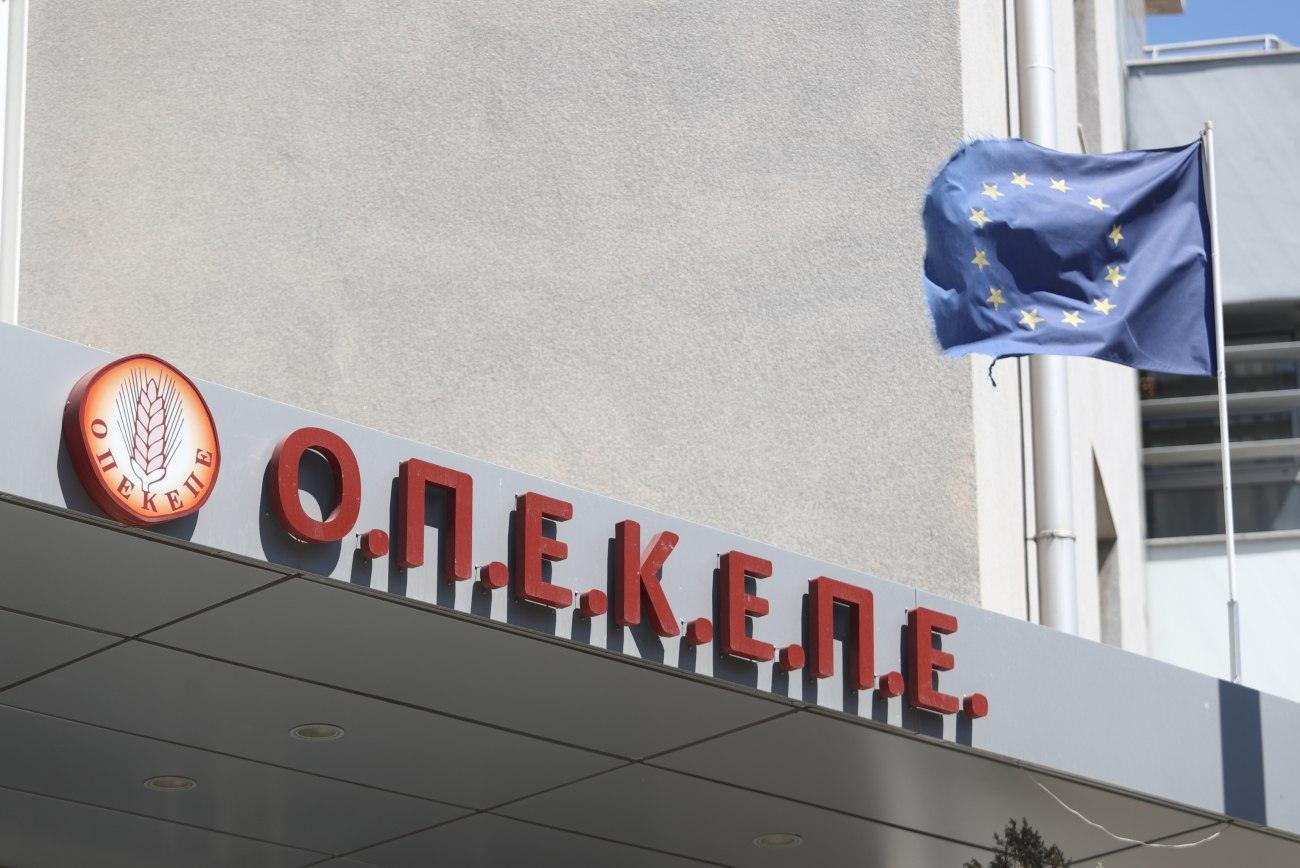After about 100 days the “Sanco Swift” vessel of the Norwegian geophysical research company PGS has completed the work of acquiring 2D data from the subsurface of ExxonMobil – Helleniq Energy’s marine concessions in Crete.
From November 9th until last Friday February 17th, it scanned… the geological structures located below depths of even 4,500 meters, in order to investigate the existence of possible natural gas deposits.
The day before yesterday, the 18th, the crew of the Sanco Swift collected the 12 km long cables and hydrophones, which for 3.5 months scoured the Libyan Sea and the Ionian Sea, recording sounds and images from the bowels of the earth.
The secrets of the sea blocks “West of Crete” and “Southwest of Crete” are now in the hands of PGS researchers.
The boat has been sailing since the day before yesterday towards Valletta, in Malta, leaving Greek seas behind.
Seismic surveys
The scientific staff of the Norwegian company now have in front of them the synthesis, processing and analysis of the material collected by the special vessel.
According to the available information, ExxonMobil, which is also the operator of the consortium of the two marine concessions, proceeded to acquire twice the volume of two-dimensional seismic data in relation to the minimum contractual obligation it has undertaken towards the Hellenic Hydrocarbons and Energy Resources Management Company.
The agency that is the guardian of the Greek state for the rights of exploration and exploitation of hydrocarbons specified in its contract the acquisition of 6,500 km of data.
ExxonMobil is reported to have collected 13,000 km of seismic data.
Results
The process of processing and analyzing the seismic data will take about a year, according to sources.
That is, the seismic surveys will show results at the end of 2023 to the beginning of 2024.
The ExxonMobil – Helleniq Energy consortium and EDEYEP will then know if the subsoils under the total area of 40,000 square kilometers of the two offshore blocks actually hide targets with trapped hydrocarbons. That is, with natural gas deposits.
It is not excluded, the information says, that the geologists of the oil companies will also decide on the execution of acquisition and 3D data operations. If this scenario is confirmed then a research vessel will once again make its appearance in the seas of Crete. And specifically towards the end of 2023 and the beginning of 2024.
The drilling
Other sources insist that it is possible that the consortium will not proceed with the 3D seismic works. And for this reason, as they say, they went to the big download of 2D data.
Then, from the second half of 2024, the time will count down for the arrival of the drilling rig that will do the exploratory drilling.
These will last until 2026. This year is also a milestone. Then the executives of ExxonMobil – Helleniq Energy will decide, based on the results of the exploratory drilling, whether to go into field development or whether to withdraw.
First season
Be that as it may, the completion of the seismic surveys of Crete, comes to close the first cycle of a particularly ambitious plan that the government and EDEPIP started to implement since last Spring.
In April 2022, Prime Minister Kyriakos Mitsotakis himself gave the green light for hydrocarbon exploration.
The first two-dimensional seismic surveys by Helleniq Energy in the “Ionian” and “Kyparissiakos Gulf” marine concessions were preceded in February and March. This was followed in the winter of 2022 by 3D seismic in the same blocks as well as in that of Energean’s northwestern Ionian Sea.
